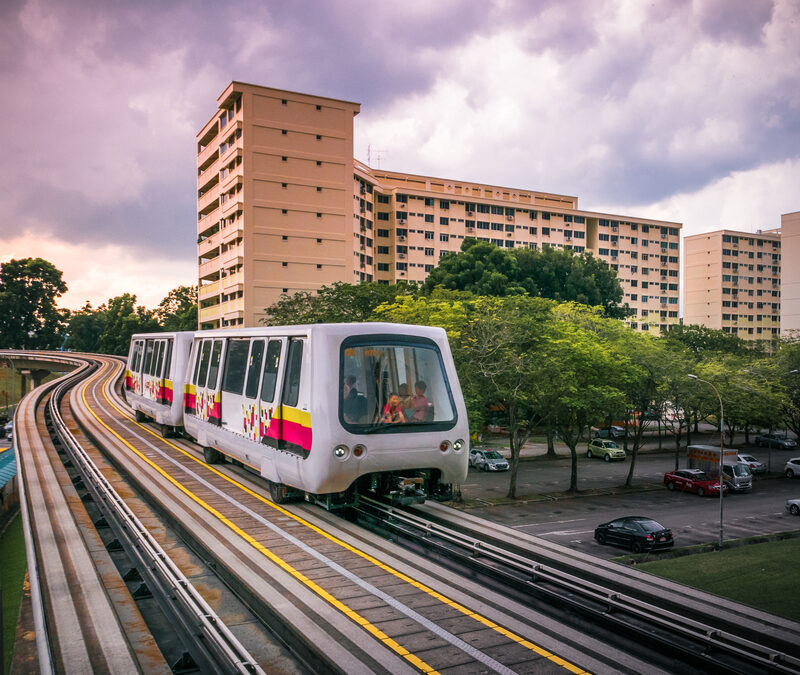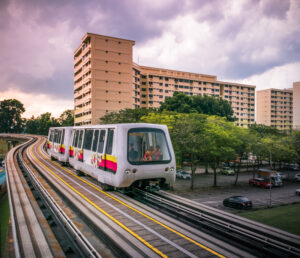INFRASTRUCTURE MATTERS
Did you know, that property values and rent prices can be affected by a home’s proximity to transportation? Yes, really. Multiple studies, in multiple cities, with different types of properties have all shown similar results.
If we really think about it, that just makes sense. Better roads/buses/trains mean better accessibility to wherever we want to go. More people can live in that area and access work/recreation/shopping, so there is increased demand, decreased vacancy and increased rental price.
Yes, we know things are fabulous these days for rental housing providers in Calgary. But if we’re buying long-term, there just might be a downturn in the future somewhere. Ideally we want as many advantages as possible for our properties—future risk mitigation.
The Real Estate Investment Network (REIN) has been speaking about transportation as a market influencer for years now. They have a recent report out, called the 2023 Calgary Transportation Effect.
Did you know, that 2021 Stats Can results show that 83% of commuters in Calgary still travel by car? But if I had to guess, I would assume that number is dropping fast with recent inflation and interest rate increases. Something has to go. We also have many newcomers to the city, and a thriving student population now that universities have returned to in-person learning. Not everyone can afford a vehicle, and insurance, and gas, and a carbon-tax increase, ….
From the REIN report, many studies are referenced. They are all looking at how close a property is to transit options. There is overwhelming evidence that properties sell faster. Rents could be 10% higher, or up to 46% higher, according to different researchers in different cities. Even a simple highway improvement can increase property values by 12%-15%. And multi-family properties, that are within 1600m of a rapid transit station can be 27% to 99% more valuable; their best price advantage comes within 400m of a station. On the other hand, residential properties benefit from being close to rapid transit, but not too close; there may be more noise/traffic/or even criminal activity for houses that are very close to a station.
Real estate investors in acquisition mode have the most to gain by adding transportation to their checklist for ideal properties. Anyone can add a pretty kitchen, or even a detached garage—but location, location, location. And today’s location focus is about access to the C-train in Calgary, or the Ring Road. One day, it might be about proximity to a new Calgary-Banff train, or a Calgary-Edmonton train. Can you imagine?!
The SouthWest Calgary Ring Road has been open for a couple of years now, although they continue to add “finishing touches.” Travelling to Woodbine, Bridlewood, or even around the city and down to Okotoks or Diamond Valley just became much easier. Have you noticed some of the new property development popping up in Diamond Valley?
The people of Valley Ridge suffered a lot of extra noise in the early stages of the NorthWest Calgary Ring Road. But as we get closer to that final section of ring road completion, some of those communities are going to see phenomenal improvement in their access to various parts of the city.
The other local improvement we’re watching closely is the Green Line construction. Yes, that blessed project if finally getting off the ground! Long term, it will add another 46 km of rapid transit to our city (the Red and Blue lines combined have approximately 59 km of track). We see the recent news about transit safety concerns, but there are many people working hard to improve rider safety.
The reality is that Calgary is deeply committed to better transportation options (even at -30 degrees). For builders and developers, that means the City is keen for housing developments near transit. Anyone seen Banff trail lately? Another area of intense development is around Eau Claire Market—and that transit station won’t be built for several years yet. City politicians value the environmental benefits that will come with better C-train access. I wonder what Chinatown will look like in a decade, after the Eau Claire station is complete?
Today is a very superficial look at properties and their proximity to rapid transit, or rapid buses, or highway improvements. The REIN report has many more details and references to explore. Our goal isn’t to be an expert in all things economic. Our goal is to share information with fellow travelers on this real estate investing journey.
For the average tenant or homebuyer, it’s simple: traffic wastes time. That’s why so many Canadians measure their commute in minutes, not kilometers. For strategic real estate investors, we want to invest in properties with strong future potential. Where will Gen Z want to live for the next decade or two?



